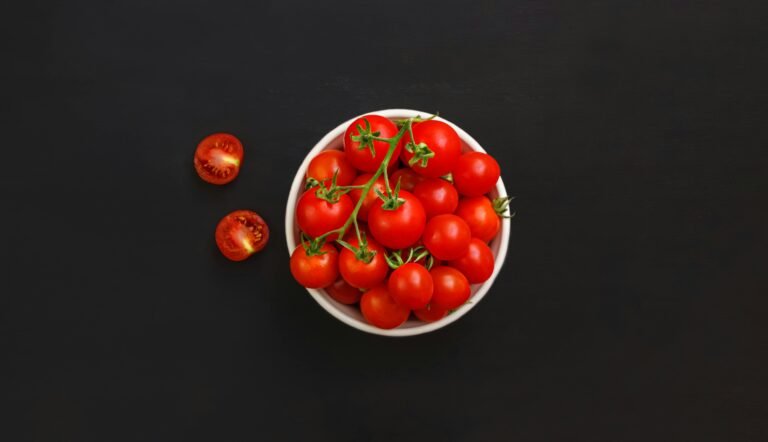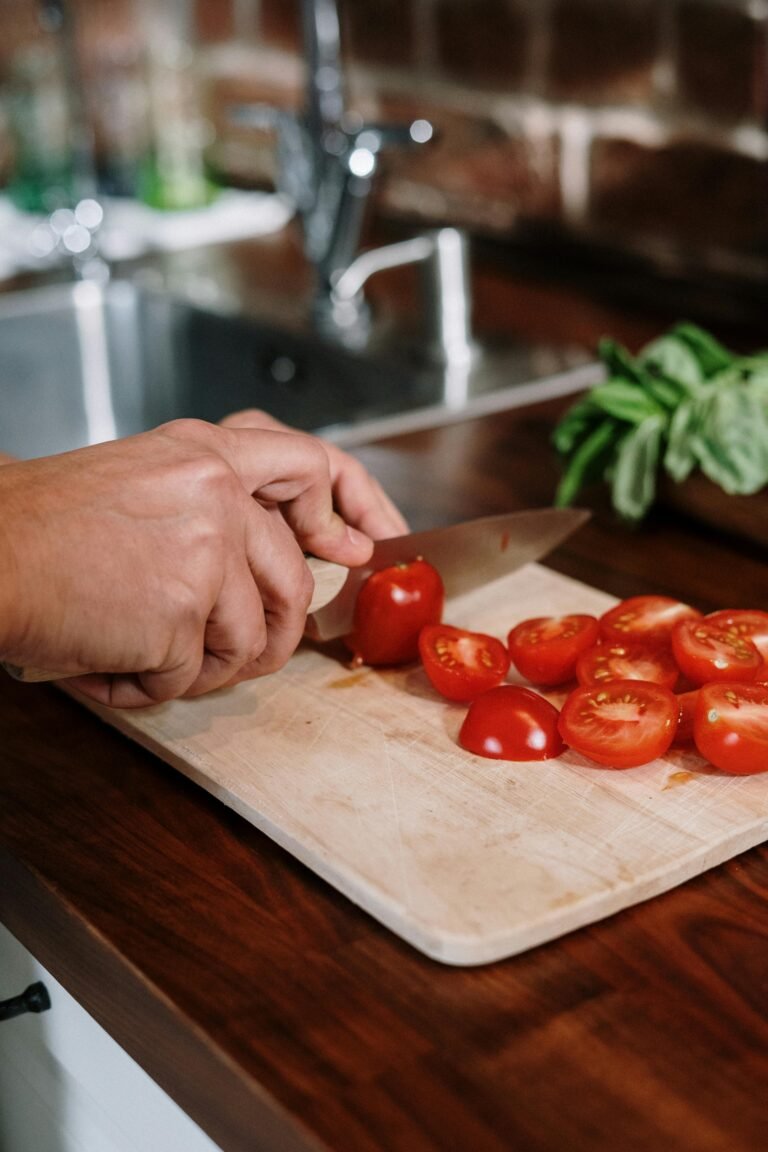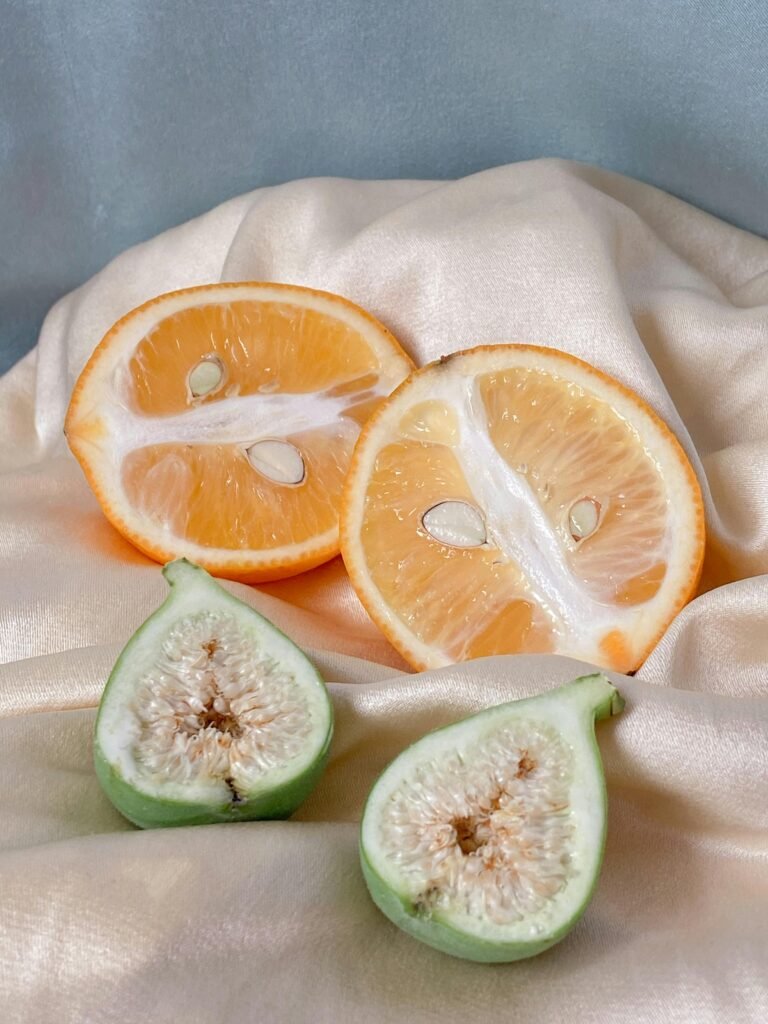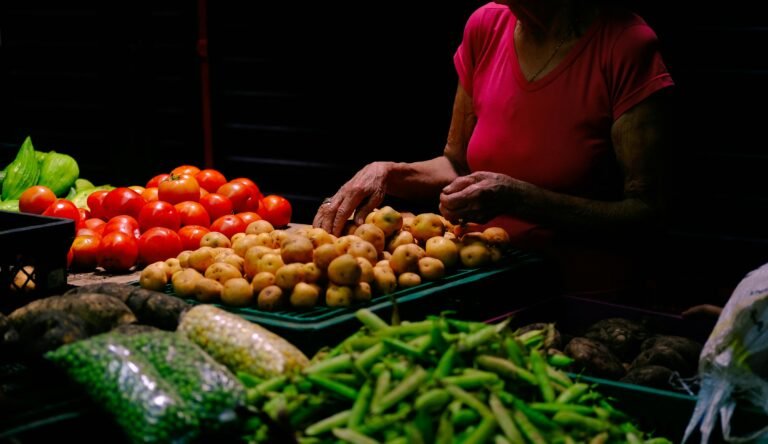Is plant-based milk really good for you?
Vegetable milk, or that milk obtained in theory from soaking cereals (rice, oats, spelled) or oil seeds (almonds, hazelnuts) or legumes (soy), is very popular, to the point that its demand has exceeded that of milk animal. Surely, the idea of making mixes (rice and coconut, quinoa and hazelnut) and giving flavors (vanilla, chocolate) or adding trace elements in synthetic form (enriched with calcium, with B vitamins, etc.) that the offer was wide and succulent for many. An alternative to products of animal origin is always seen as something healthier.
The point is that, rightly or wrongly, when it comes to vegetables, hardly anyone goes to check what’s on their plate, and most of all, no one wonders how it was produced.My advice is to make plant-based milk at home: there are many sites that illustrate an easy procedure for soy milk or almond milk, and with a mixer it does not take anything to obtain almond milk and hazelnut or hazelnut milk. coconut, for example.
Here are six reasons why you should reconsider using industrial plant milk.
1) It has a low protein content: the vegetable milk found on the market has a low protein content, apart from soy milk; this is due to the low presence of the product of origin, which often does not exceed 15% of the content (sometimes only 8 or 7%, but a very popular drink contains 2% of the product). On these contents I used the labels of the various brands as sources.
2) It has a low product content: see point one. 3) Vegetable milk is not obtained from seeds or cereals that have been soaked for a long time and sprouted.





























+ There are no comments
Add yours